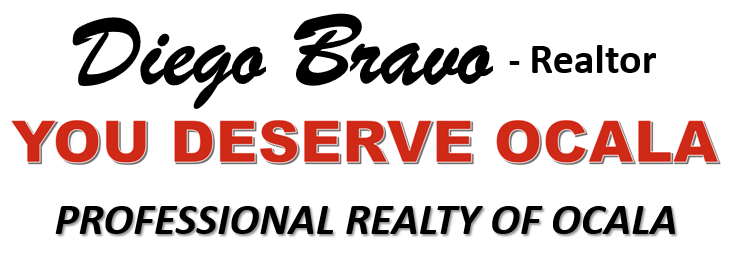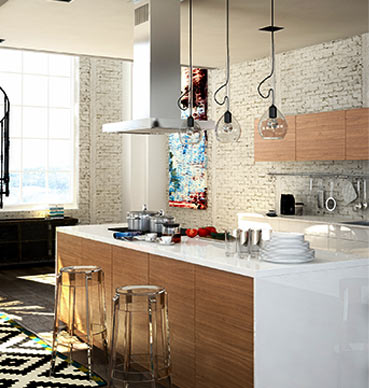IMPORTANCE OF HORSE FARM SAFETY


The shocking reality is that HORSE FARM SAFETY is a topic that few
people want to hear or talk about. However, safety flaws in a horse farm are “accidents
waiting to happen”. Unfortunately, due to
limited safety awareness in the horse industry, this paramount aspect tends to
be neglected by most people involved directly with the farms (owners, managers,
horse professionals, and workers), by farm visitors (including clients and suppliers),
even by most real estate professionals.
Horse farm owners are responsible for having safe facilities. If
an accident occurs to a person and/or a horse in the farm, besides the farm
owner’s heartbreak and the person’s and/or horse’s suffering, there is always a
high financial and legal component.
Following are five farm safety tips to keep in mind.
1. WARNING SIGNS - At a minimum, signs that comply with the ‘Equine Activity Liability Act’ for the specific state should be posted in strategic places at the farm. People entering the property are then aware of the risks involved. Implicit in the disclosure is that they accept the risks. Nevertheless, an injured person at the farm (including visitors and workers) still may file a lawsuit alleging negligence, soil/subsoil inadequacy, inappropriate facilities, etc. Unfortunately, in some cases the allegation can be proven to be true causing the farm owner to lose the case.
2. BUYING INSURANCE - First, buying farm liability insurance. Second, insuring some of the horses (or all), for medical, surgical, loss of use, or death. Nevertheless, not even counting on a possible deductible that may need to be paid while filing a claim, in most cases the emotional and financial loss is greater than what the insurance company will pay.
3. PREVENTION
IS THE BEST PROTECTION - The two previous tips (1. And 2.) do not
replace the urgency of HAVING SAFE FACILITIES that help prevent most possible
accidents to people and horses on the farm. The truth is that having the most
luxurious and expensive horse farm facilities does not always guarantee that
they are well-designed, maintained, and/or managed with high safety standards
for people and horses. Besides the foremost need of understanding horse
behavior and human/horse interactions, some aspects to evaluate at a horse farm
to determine its safety, include:
a) Site conditions: topography, climate,
surroundings, etc.
b) Construction of the facilities for horses:
design, materials.
c) Use given to the facilities: based on the
horses’ breed, equestrian discipline, and horses’ age/gender.
d) Management: who/what enters the farm; facilities and equipment maintenance and repairs.
4. WHEN BUYING A HORSE FARM - Make sure the real estate agent representing you in the farm search and negotiations is knowledgeable about equine safety and wellness, so that he/she will be able to verify if the facilities are going to be safe for you, your family, and other people, and for your beloved horses.
5. WHEN PLANNING TO SELL A HORSE FARM - Make sure it is safe before hitting the market, so that potential buyers and their real estate agents will be less likely to find any safety shortcomings during the showing or negotiation stages. Finding safety flaws could usually deter both buyers’ interest to purchase and real estate agents to keep showing the property. That could lead to a longer marketing time and, probably, having to lower the price. Therefore, the real estate agent representing you in the sale should be able to help you raise the safety standards of the farm for people and horses before listing it for sale, for which knowing about this important aspect is a must for your agent.
*Note: This article was published in magazine "Homes & Land of Ocala Marion County" in February 2022.






